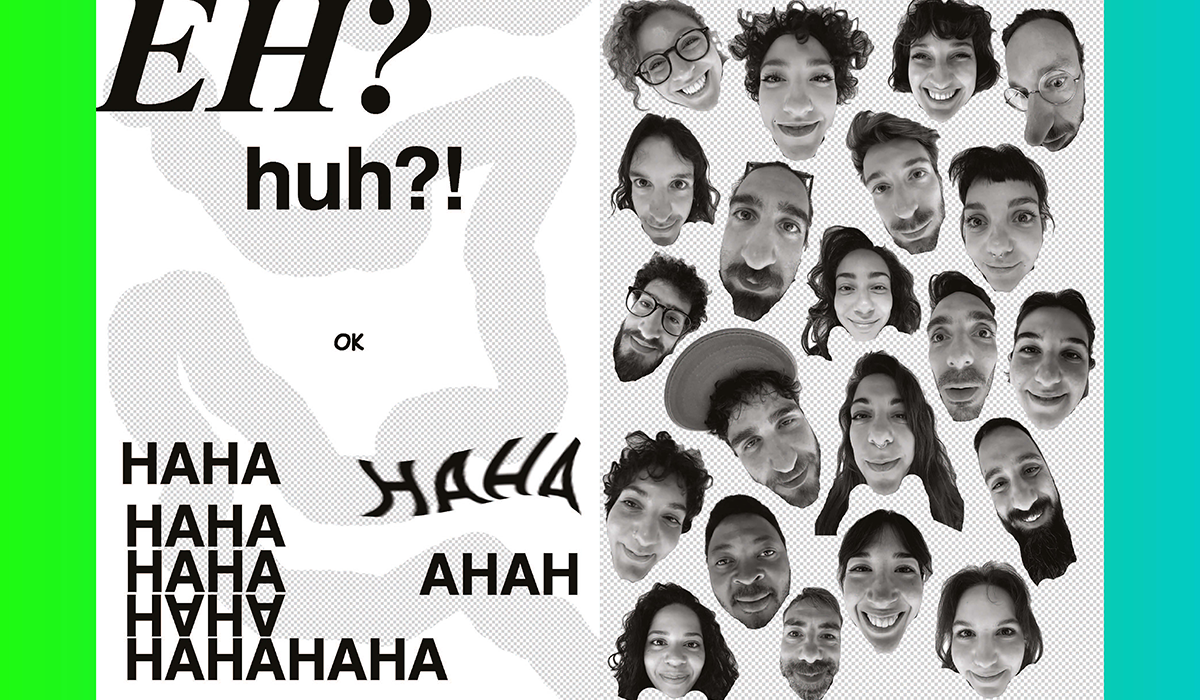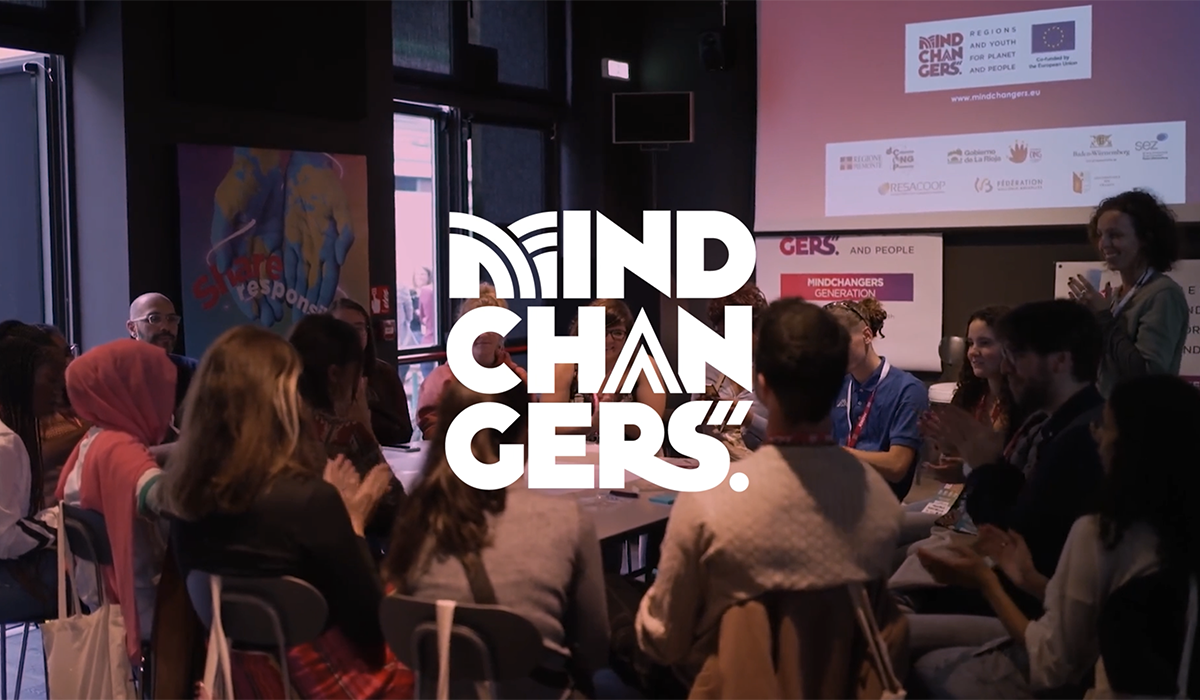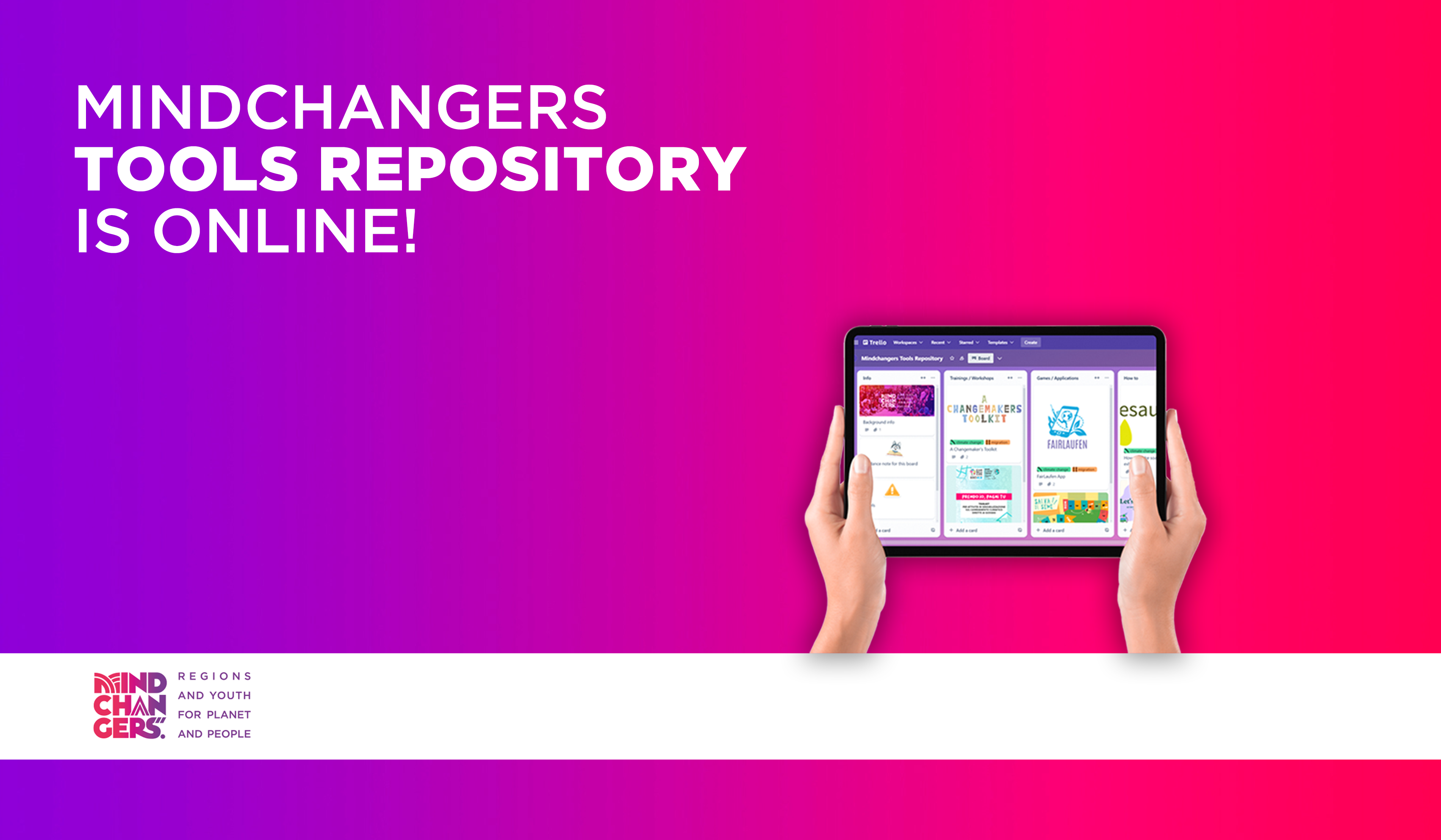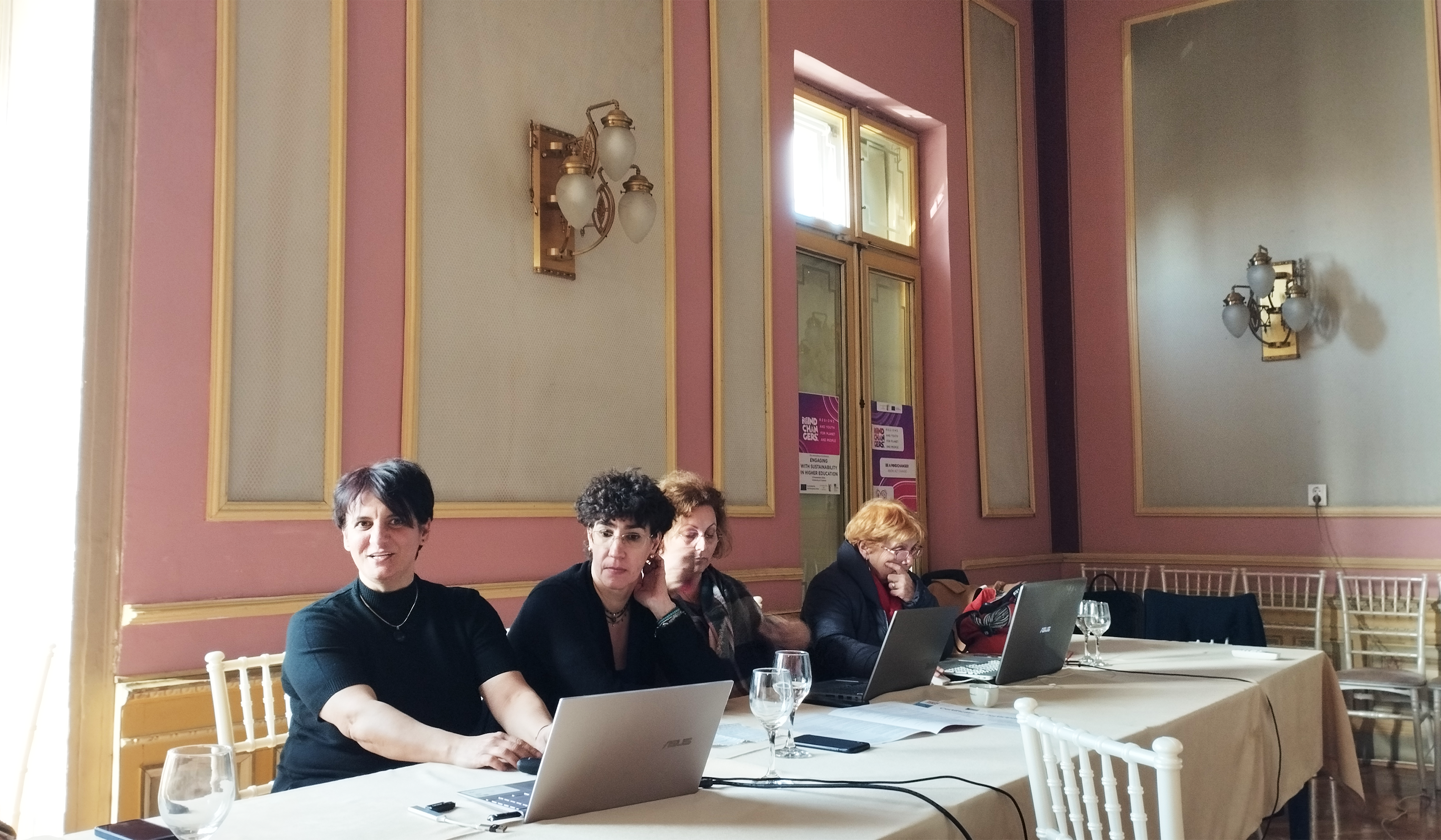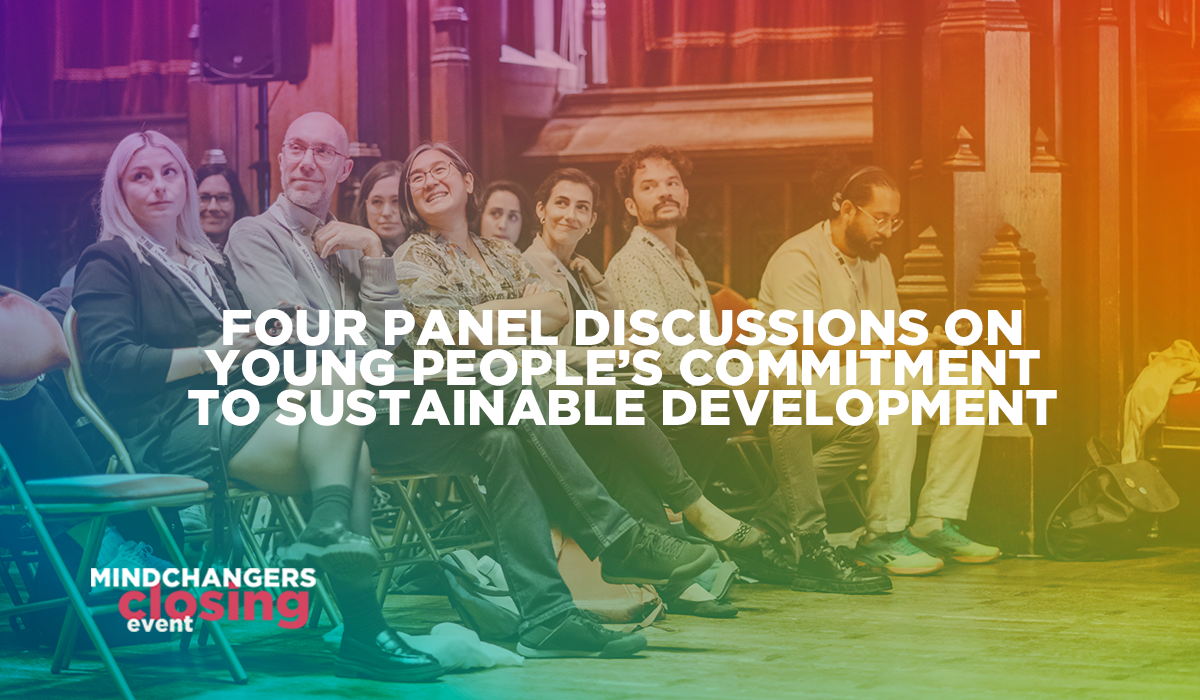Let’s run an experiment.
Try searching for the word “categophaty” on Google or any other search engine. Actually, you can stop. I did already googled it for you. You can find the search result in the video below.
Despite Google’s suggestions and the frantic search for an answer that becomes more hectic the faster you type c-a-t-e-g-o-p-h-a-t-y, you end up landing on a page that says, “No results containing all your search terms were found. Did you mean category?”
In fact, Google is right. The word doesn’t exist — or rather, it didn’t exist until the participants of the “Exposed Mindchangers with The Cool Couple” workshop created this neologism.
The limits of my language are the limits of my world
But let’s take a step back.
For this years Mindchangers regional event in Piedmont, the Consortium of Piedmonts NGOs collaborated with the Exposed Foto Festival, the new international photography festival taking place in Turin. “New Landscapes”, the chosen title for the festival’s first edition, aims to offer a reflection on the evolution of the photographic medium and the challenges and innovations in the world of imagery through a compact program of exhibitions and talks.
From May 23 to 25, a group of twenty young people, who were selected through a public call, participated in a photography workshop led by the artistic duo The Cool Couple.
“What is the link between a photography workshop and the creation of the neologism “categophaty” and all other neologisms coined by the workshop participants?” A valid question posed by Giangavino Pazzola, Executive Director of Exposed, to the audience at the workshop’s final event.
“When someone visualizes a photography course or workshop, they would typically imagine a group of people going outside and taking pictures”
Instead, The Cool Couple’s suggestion was to guide the young Mindchangers through a reflection on contemporary imagery, culminating in the production of a fanzine. Therefore, the workshop had its foundation grounded in two fundamental premises.
Our experience of the world and the reality surrounding us is primarily visual. Observing an event or “visualizing” an idea in our mind is something we experience individually, and only later it is socialized, shared, and then recognized by others. But for this recognition to occur, an image or idea must be fixed on a medium. If we consider the definition of medium as “anything that can convey a “message”, it becomes evident that a neologism is one of the many possibilities available to process an individual experience to be recognized as a collective one.
The second premise that stimulated the workshop’s activities recalls Ludwig Wittgenstein’s famous aphorism, “The limits of my language are the limits of my world.”
According to the Austrian philosopher, language – understood as a system of signs and rules for human communication – shapes our mental reality. Through words, we give form to concepts, ideas, and experiences, constructing values and beliefs that guide our actions. Therefore, the ability to express oneself effectively, using a rich and nuanced language, is fundamental to shape our mental reality, thus influencing our perception of the world and interaction with it.
How does language then influence the ability of non-profit organizations, NGOs, and young activists to claim recognition of new rights and issues directly related to social justice?
To receive a better understand of this statement, the debate between sociolinguist Vera Gheno and literary critic and writer Walter Siti might help. During the latest edition of the City-of-Turin-festival Biennale Democrazia, an initiative aiming to spread the culture of democracy, the two scholars discussed the issue of the schwa in a meeting titled “Parolə, Parolə, Parolə.”
In recent years, this topic has ignited a public debate in Italy, pitting those who propose the use of upside-down “e” to allow the Italian language, which predominantly uses the overextended masculine, to become more inclusive, , against those who argue that the proposal is hardly feasible because of its challenging use and pronunciation.
In the crowded hall of Teatro Carignano in Turin, the Hungarian-born sociolinguist, one of the major proponents of the use of the schwa, argues that “it is precisely when I name something that it becomes visible […] the purpose of the schwa is to make the existence of the other visible.” On the other hand, Walter Siti claimed that “the assumption concerning the inclusion of every last person through language risks paradoxically to make everyone equal in a negative sense”. The problem, Siti continues, “is locking ourselves in a bubble where we understand each other, but others do not understand us.”
Remember the neologism mentioned earlier? According to the group of young people who coined it, categophaty aptly represents the paradox arising from the opposite of Gheno and Siti’s stance. The group also provided a concrete example of the word to make its meaning understandable: “His categophaty led him to feel trapped in the labels he tried to impose on himself and others.”
Six neologisms to fix the limits of our world
It is from this conceptual and theoretical premise that the young Mindchangers drew inspiration to reflect and subsequently propose neologisms that are capable of making new ideas visible, ranging from the recognition of new rights to emotions and sensations triggered by contemporary life.
After the theoretical framing by TCC and the brainstorming on the first and second day of the workshop, the participants concretized the shared reflections by creating six new words. Among the groups, some focused on the recognition of those emotions and sensations induced by living in a hectic and hyperconnected society.
To describe the compulsive cycle of accumulating material, immaterial (experiences, people, …), and digital objects, followed by a sudden process of discarding it all, a group coined the term Bulimokenosis. “This condition arises from a widespread perception among young generations of a disarming lack of time, leading to the sensation of being unable to experience everything that life offers and that is desired. The consequences are spasmodic archiving and accumulation, driven by the fear of loss, which, however, leads to such an overload that it requires a complete and violent ’emptying’ all at once.”
Other groups instead engaged with current events and themes central to Mindchangers, such as climate change and migration.
Reflecting on the historical plight of Palestine and the right of its people to live on the land they were present long before the establishment of the state of Israel, a neologism was coined: rootsdom (an English noun composed of roots + freedom). The term indicates “the feeling of those who feel or express the psychophysical need to protect the roots of their people from erasure, by staying or returning to their homeland.”
Reflecting on climate-induced migration, another group coined the term saudankh, a neologism chosen to denote “the deep sense of nostalgia felt by those forced to leave their native land due to the environmental crisis, fueled by the hope of being able to return.”
The words were accompanied by a series of images and graphics created specifically to give greater substance to the document through a visual apparatus capable of integrating and supporting the textual one.
Conclusion
Whether due to the poor SEO skills of the author of this article or because Google’s web crawlers will take some time to index this article, the neologisms currently lack proper dissemination on the web. However, it is undeniable that thanks to the work done by the twenty Mindchangers together with The Cool Couple, we now have new words with which we can better face the difficult challenges posed by contemporary life, new words that will allow us to overcome, albeit partially, some of the limits of our world.


